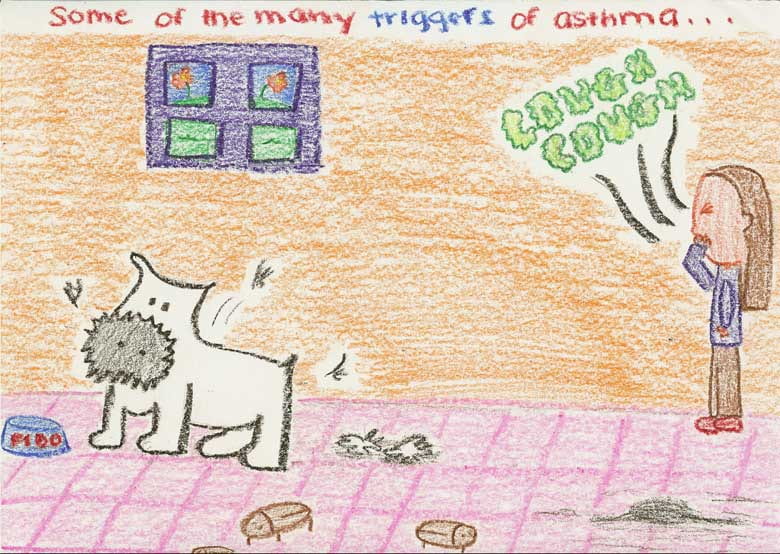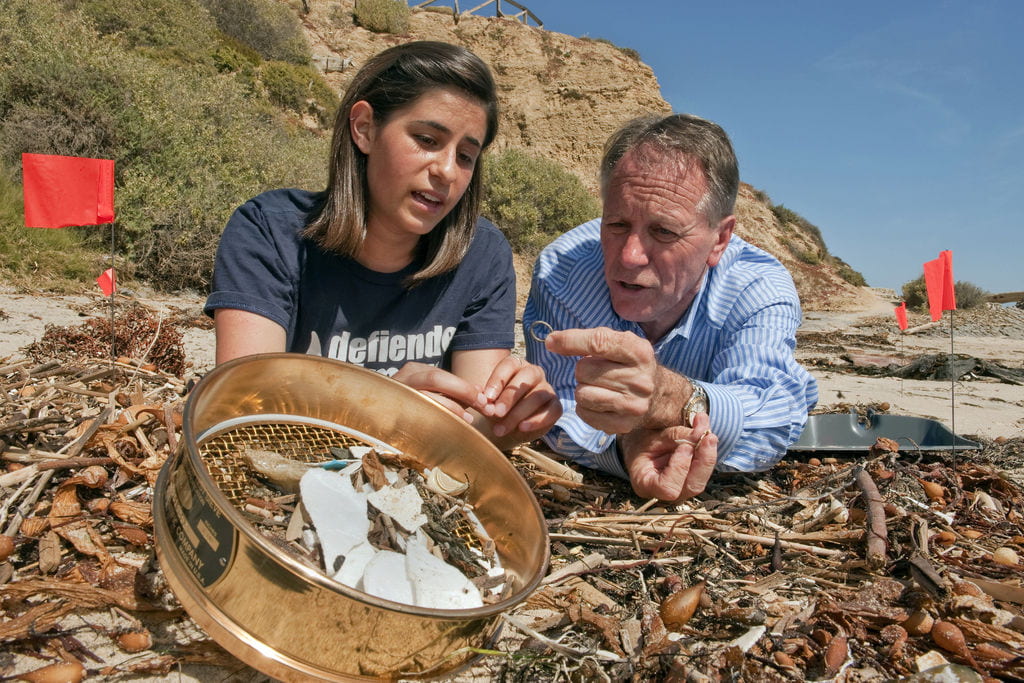Bridging the healthcare divide

Most nurses see patients in health clinics, hospitals and offices, but Jill Berg is different. She makes house calls. Berg consults with people who have asthma and other chronic pulmonary conditions in their homes, churches and schools, often venturing into L.A.’s toughest neighborhoods. Her mission: to help them breathe easier.
“I love getting out there and seeing individuals in their natural environment,” says Berg, associate professor in the Program in Nursing Science at UC Irvine. “When patients are in a hospital, they’re out of their element. They’re at a disadvantage. At home, they’re more comfortable. They open up to me.”
This candor is essential as she interviews children with asthma and their families to identify ways they can best manage the disease. Because of her hands-on work, Berg was honored as Outstanding Community Research Nurse at a November banquet for the Chancellor’s Awards in Clinical & Translational Science. The awards recognize exceptional community-based clinical research and treatment efforts.
“Jill uses her enormous scientific talent and knowledge to address problems of real concern to people, especially minorities,” says Dr. Dan Cooper, pediatrics professor and pediatric pulmonology chief at UC Irvine Medical Center. “She bridges the ‘town-gown’ gap in biomedical research that all too often inhibits trust and cooperation between universities and surrounding communities.”
Adds Ellen Olshansky, founding director of UCI’s Program in Nursing Science: “She brings a strong cultural sensitivity and community orientation to her work. She’s truly invested in the families, and her research has important implications for those managing daily life while caring for a child with asthma.”
Berg targets low-income Latinos in urban areas because they have many needs that aren’t being met, she says.
“I try to translate research so they understand what they need to do to cope with an illness,” she says. “Healthcare workers often give families a laundry list of so many things they need to do that it’s overwhelming. I focus on what’s practical and feasible.”
Some people, Berg says, are so busy handling other crises, like unemployment or hunger, that they put off managing their child’s asthma — until an attack.
“We always hear that in the Spanish culture, families are large and have a strong support system, but several of the mothers I’ve talked to are isolated,” she says. “They come to this country and have nothing, and then their child gets sick.”
Berg recalls one woman whose son had an asthma attack in the middle of the night:
“She was hysterical. She had no phone, her husband was at work, and she didn’t speak English. She ran out into the street with her child in her arms. That image just stays with me. Her son was OK, but it was terrifying.”
Asthma is a respiratory disorder in which the lungs’ airways narrow, making breathing difficult. During an attack, patients experience shortness of breath and chest pain. If the lungs are inflamed for a long period, airways can be permanently damaged. There’s no definitive known cause of asthma, the most common of chronic childhood illnesses, and it’s on the rise. One in five children could have it by 2015, Berg says, and air pollution is a likely culprit.
Attacks can be prompted by various factors, including pet dander, rodents, dust mites, cockroach droppings, tobacco smoke and smog. Many low-income families live in areas with unhealthy air.
“We try to identify triggers they can avoid, like a teacher’s perfume or a friend’s cat. I’ve actually gone to people’s homes and vacuumed to get dust samples,” Berg says.
She also makes sure patients are taking the right medication (typically inhaled corticosteroids) to reduce the underlying inflammation and prevent attacks.
Berg, who joined UCI in 2007 and has a doctorate in nursing, hopes to create an educational program other healthcare workers can use to help people control their symptoms.
“We don’t always ask patients, ‘What trouble are you having taking your medication?’ It’s part of medicine that’s overlooked,” she says. “I would love to develop culturally sensitive and practical interventions to improve asthma management for high-risk families. We have to do better.”
Originally published in Zotzine Vol. 2, Iss. 5


